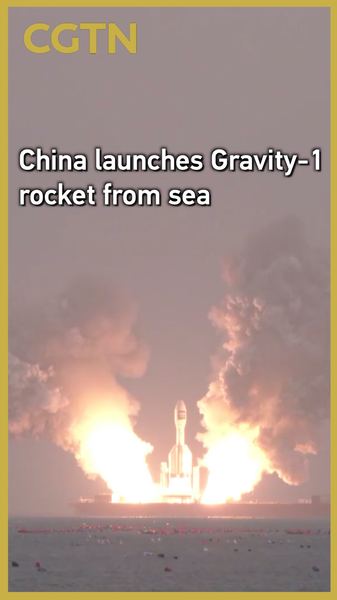On Saturday at 10:20 a.m., a Gravity-1 carrier rocket soared into the sky from a sea platform off the coast of Haiyang in Shandong Province on the Chinese mainland. This mission successfully placed three satellites into their designated orbits, marking another milestone in China's expanding maritime launch program.
The Gravity-1 carried a wide-field Earth observation satellite designed to capture large swaths of our planet in a single frame, alongside two experimental satellites testing new technologies for future missions. By launching from the sea, space engineers gain greater flexibility in choosing optimal launch coordinates and reducing range conflicts with populated areas.
Sea-based launches have gained traction worldwide for their ability to unlock new trajectories and support rapid-response deployments. For entrepreneurs and tech enthusiasts tracking space innovation, Gravity-1's success signals a growing trend toward mobile launch platforms that could reshape how we deploy satellite networks for communications, weather monitoring, and environmental research.
As part of a broader push into commercial and scientific space endeavors, this smooth sea launch underscores China's ambitions in the global space race. Observers say the ability to conduct maritime launches could accelerate satellite deployment timelines and offer new paths for international cooperation in Earth observation and beyond.
With its Gravity-1 program, China joins other leading space nations in exploring the ocean as a launchpad, reflecting a shift toward more versatile and responsive space infrastructure. For young global citizens, entrepreneurs, and digital nomads, the sea-based space age is just beginning.
Reference(s):
cgtn.com




